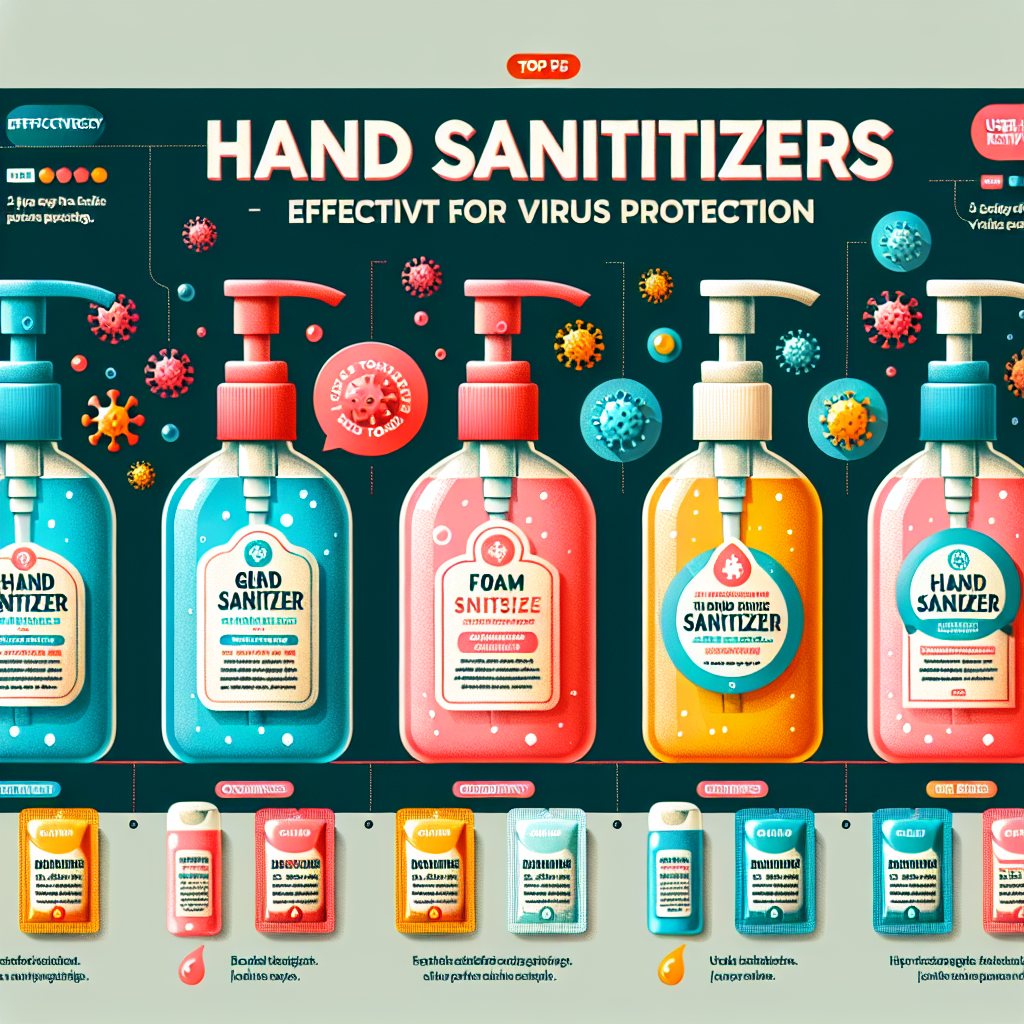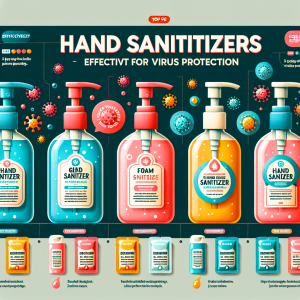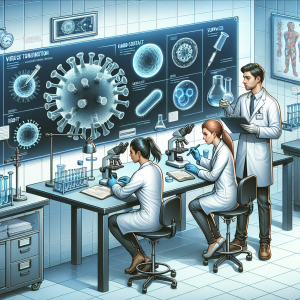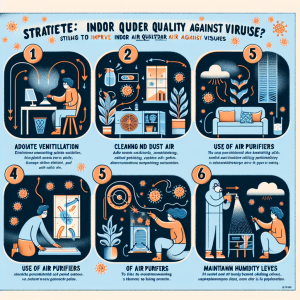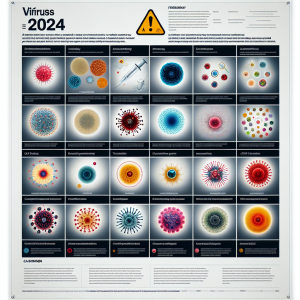What is the difference between viruses and bacteria?
In the realm of microbiology, two of the most commonly discussed entities are viruses and bacteria. While both are microscopic organisms that can impact human health, they belong to fundamentally different categories of life. Understanding the differences between viruses and bacteria is crucial for grasping how they operate, spread, and affect our bodies. This article aims to elucidate these differences, providing insights into their definitions, structures, reproductive methods, and roles in human health.
Understanding the Basic Definitions of Viruses and Bacteria
Bacteria are single-celled organisms that belong to the domain Prokaryotae. They possess a simple cellular structure, lacking a nucleus and other membrane-bound organelles. Bacteria can be found in various environments, from soil to extreme heat, and many species are harmless or even beneficial to humans. For instance, certain bacteria in our gut microbiome play a critical role in digestion and immune function. In contrast, other bacteria can cause diseases such as strep throat and tuberculosis.
Viruses, on the other hand, are much smaller than bacteria and are considered acellular, meaning they do not have a cellular structure. They consist of genetic material—either DNA or RNA—encased in a protein coat, and some may have an outer lipid envelope. Viruses cannot reproduce independently; they require a host cell to replicate and propagate. Common viral infections include the flu, the common cold, and more severe diseases like HIV and COVID-19.
The fundamental distinction between these two entities lies in their life processes. Bacteria are considered living organisms because they display characteristics of life, including metabolism and the ability to reproduce independently. Conversely, viruses exist in a gray area between living and non-living, as they cannot carry out metabolic processes without a host. This difference is crucial for understanding how we treat infections caused by each type of pathogen.
Key Structural Differences Between Viruses and Bacteria
One of the most significant structural differences between viruses and bacteria is their size. Generally, viruses are much smaller than bacteria, typically measuring between 20 to 300 nanometers, while bacteria range from 0.5 to 5 micrometers. This size difference can significantly impact how they interact with their environments and hosts. For instance, the smaller size of viruses allows them to infiltrate cells more easily but also limits their ability to survive outside a host organism.
Bacteria have a complex structure consisting of a cell wall, plasma membrane, cytoplasm, and genetic material in the form of circular DNA. Many bacteria also have additional structures, such as flagella for movement, pili for attachment, and ribosomes for protein synthesis. Viruses, in contrast, do not possess these features. Their structure usually includes a nucleic acid core surrounded by a protein capsid and, in some cases, an envelope derived from the host cell membrane. This simplicity is part of what makes viruses unique and challenging to combat.
The lack of cellular machinery in viruses means that they cannot carry out metabolic processes or reproduce on their own. When a virus infects a host cell, it hijacks the cell’s machinery to replicate its genetic material, leading to the production of new viral particles. This stark contrast in structural complexity highlights the different mechanisms through which viruses and bacteria operate, influencing how they cause diseases in humans.
How Viruses and Bacteria Reproduce and Spread
Bacterial reproduction occurs primarily through a process called binary fission. During this process, a single bacterial cell divides into two identical daughter cells, allowing for rapid population growth under favorable conditions. Bacteria can reproduce quickly, with some species capable of doubling their numbers in as little as 20 minutes. This rapid reproduction can lead to significant growth in bacterial populations, particularly when nutrients are abundant.
In contrast, viruses do not reproduce through cell division. Instead, they must infect a host cell and utilize the host’s cellular machinery to replicate. Once a virus enters a host cell, it releases its genetic material, which commandeers the host’s replication system to produce new viral components. These components assemble into new viral particles, which then exit the host cell to infect additional cells. This method of replication can lead to a rapid increase in virus numbers, especially in cases of acute viral infections.
The modes of transmission also differ between viruses and bacteria. Bacteria can spread through direct contact, contaminated food or water, and respiratory droplets. Some bacteria form spores that can survive in harsh environments, making them resilient to disinfection efforts. Viruses, however, typically spread through respiratory droplets (like in the case of flu), direct contact with contaminated surfaces, or bodily fluids. Understanding these differences in reproduction and spread is essential for implementing appropriate public health measures to control infections.
The Role of Viruses and Bacteria in Human Health
Bacteria play a complex role in human health. While some bacteria are notorious for causing illnesses, such as Escherichia coli and Staphylococcus aureus, many are beneficial. The human microbiome, a vast array of bacteria residing in our bodies, contributes to digestion, synthesizes vitamins, and trains the immune system. This balance of beneficial and harmful bacteria underscores the importance of maintaining a healthy microbiome through diet and lifestyle choices.
Conversely, viruses are often viewed primarily as pathogens. However, recent research suggests that some viruses may also have beneficial roles. For example, bacteriophages are viruses that specifically target bacteria and can be used therapeutically to combat bacterial infections. This approach is particularly promising in the era of antibiotic resistance, as bacteriophages could serve as an alternative treatment for difficult-to-treat bacterial infections. Additionally, certain viruses are being studied for their potential in cancer therapies.
Overall, both viruses and bacteria are integral to understanding human health. The study of these microorganisms sheds light on disease mechanisms, treatment options, and the delicate balance of our microbiome. Continued research in this field is essential for developing new strategies to prevent and treat infections caused by these microscopic entities. For more information on the human microbiome, you can refer to this Harvard article and this National Institutes of Health resource.
In summary, the differences between viruses and bacteria are profound and significant, impacting their behavior, interactions with hosts, and roles in human health. While bacteria can be both harmful and beneficial, viruses exist in a more ambiguous space, primarily known for their pathogenic potential. Understanding these distinctions not only enhances our knowledge of microbiology but also informs public health strategies to combat infections. As we continue to explore the complexities of these microorganisms, we uncover new insights that could lead to innovative treatments and a better understanding of health and disease. For further reading on the differences between bacteria and viruses, you might find this CDC page helpful, along with this World Health Organization overview.
Top hand sanitizers for virus protectionSeasonal flu vaccine effectivenessLatest research on virus transmissionRelevant LinkRelevant LinkRelevant Link


